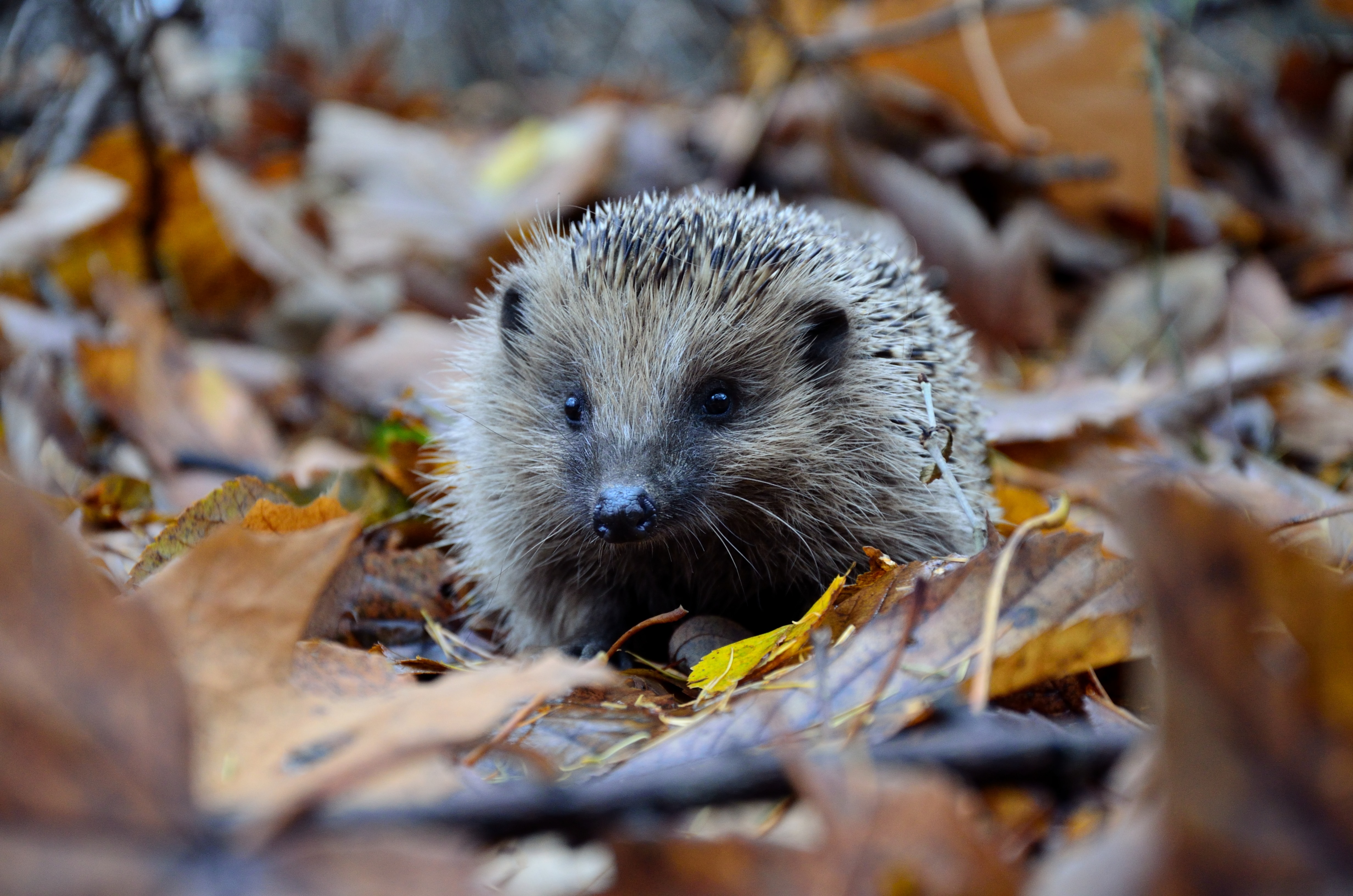3 Reasons To Love The Cold
As the nights are darker and the days can seem very gloomy and cold its hard to see the appeal of winter and the cold. However, there are some benefits and true pleasures to be had in the winter months.
- Cosy by the Fire
 This time of year is perfect to get your log burners going and enjoy the warmth. Your fireplace can create a festive atmosphere especially when decorated. Make sure you stock up on wood get your chimney swept a minimum of once a year.
This time of year is perfect to get your log burners going and enjoy the warmth. Your fireplace can create a festive atmosphere especially when decorated. Make sure you stock up on wood get your chimney swept a minimum of once a year.
To give your fire that extra bit of Christmas spirit you can add spices to your fire. Cinnamon sticks create a lovely spicy and sweet smell. Just place two sticks with the logs alternatively you could add a few drops of essential oil to your logs, allow them to dry and then burn away.
- Warm drinks
There are so many lovely hot drinks to enjoy this time of year from hot chocolate to mulled wine. These are perfect to enjoy in the cold gloomy weather and a great pick me up. Here are some classics that’ll get you in the Christmas spirit;
- Coconut milk hot chocolate
- Eggnog
- Hot buttered rum
If you’d like more ideas and recipes click here
- Food
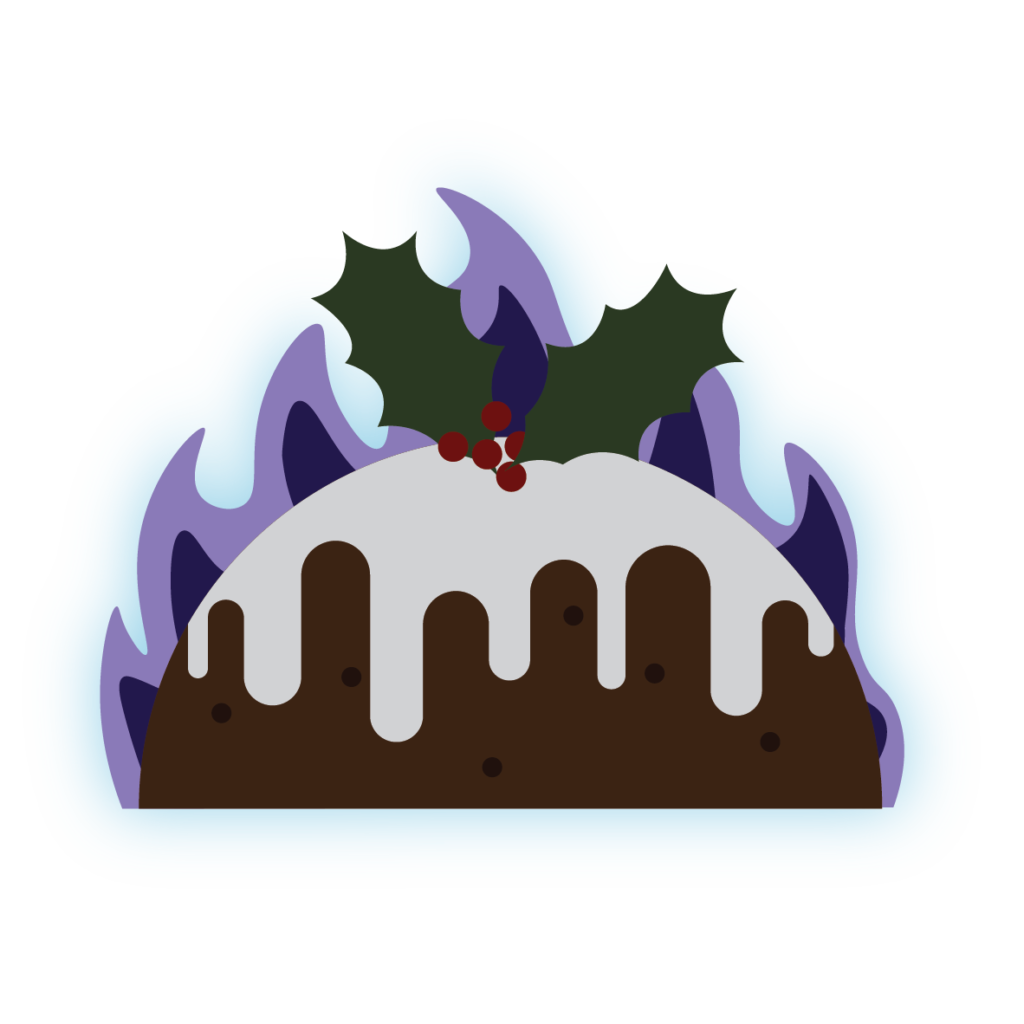 Winter brings around all the best food that you can enjoy. From roast dinners and mince pies to cheese boards and lots of chocolate. This Christmas why not try something new at a Christmas market like the chimney cakes or strudel.
Winter brings around all the best food that you can enjoy. From roast dinners and mince pies to cheese boards and lots of chocolate. This Christmas why not try something new at a Christmas market like the chimney cakes or strudel.
Do you like winter or summer?


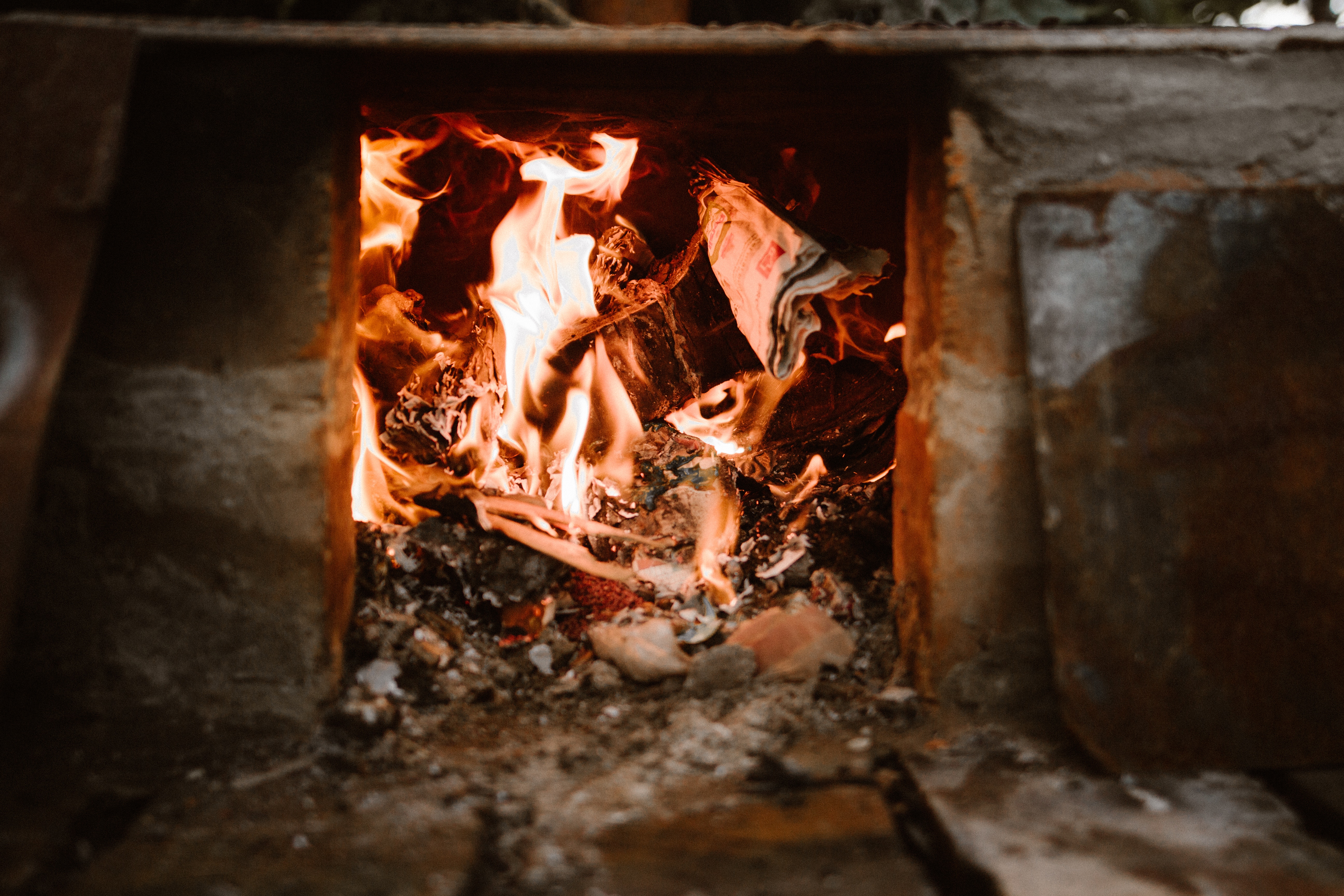

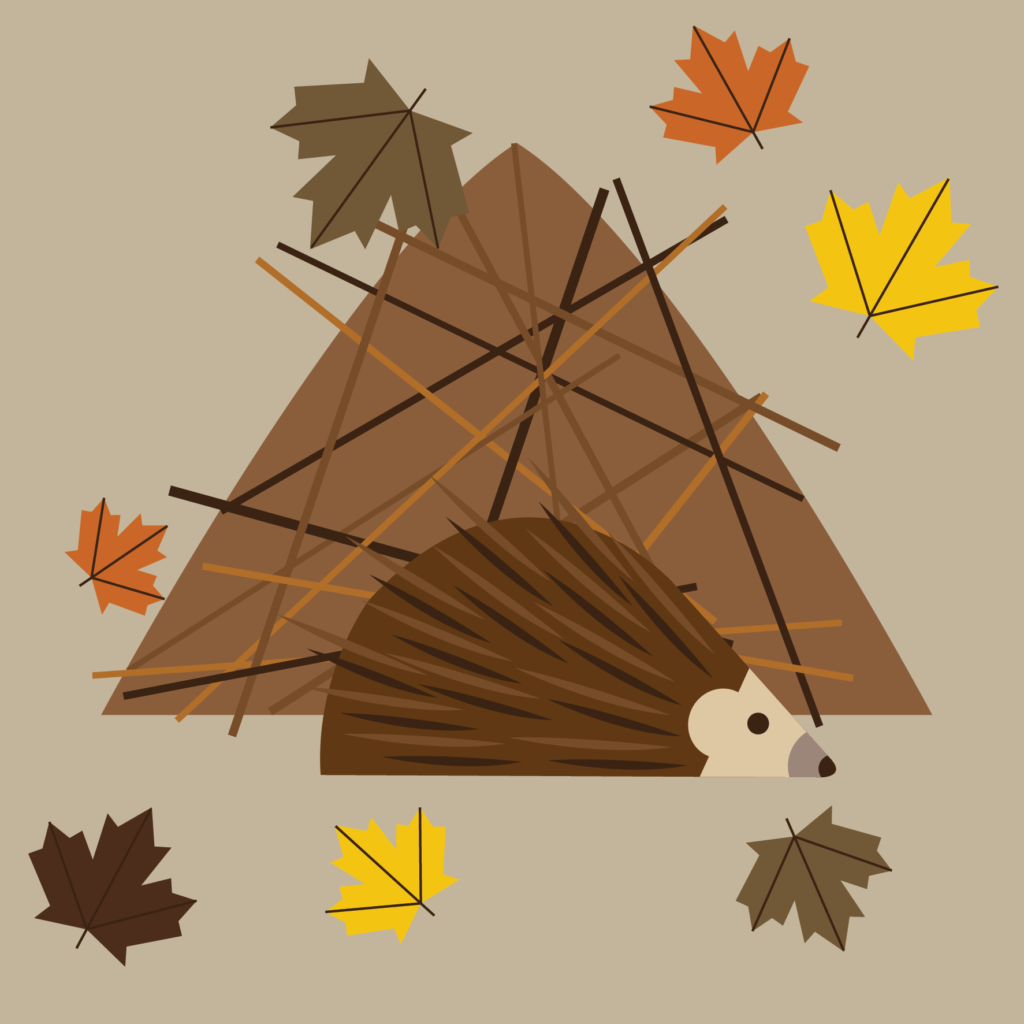 Even with all the history and tradition, we cannot ignore the dangers of at-home displays for us and wildlife.
Even with all the history and tradition, we cannot ignore the dangers of at-home displays for us and wildlife. 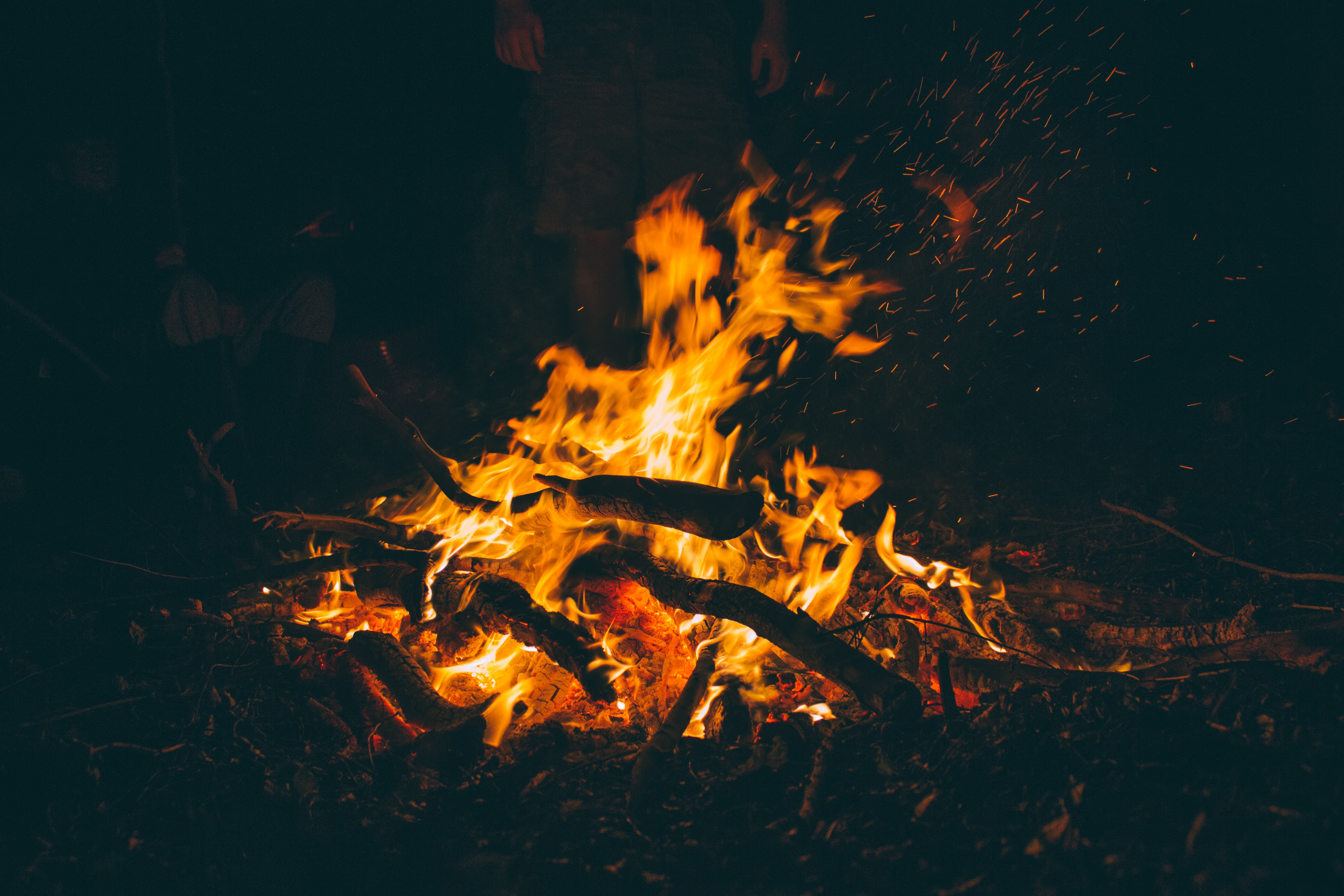
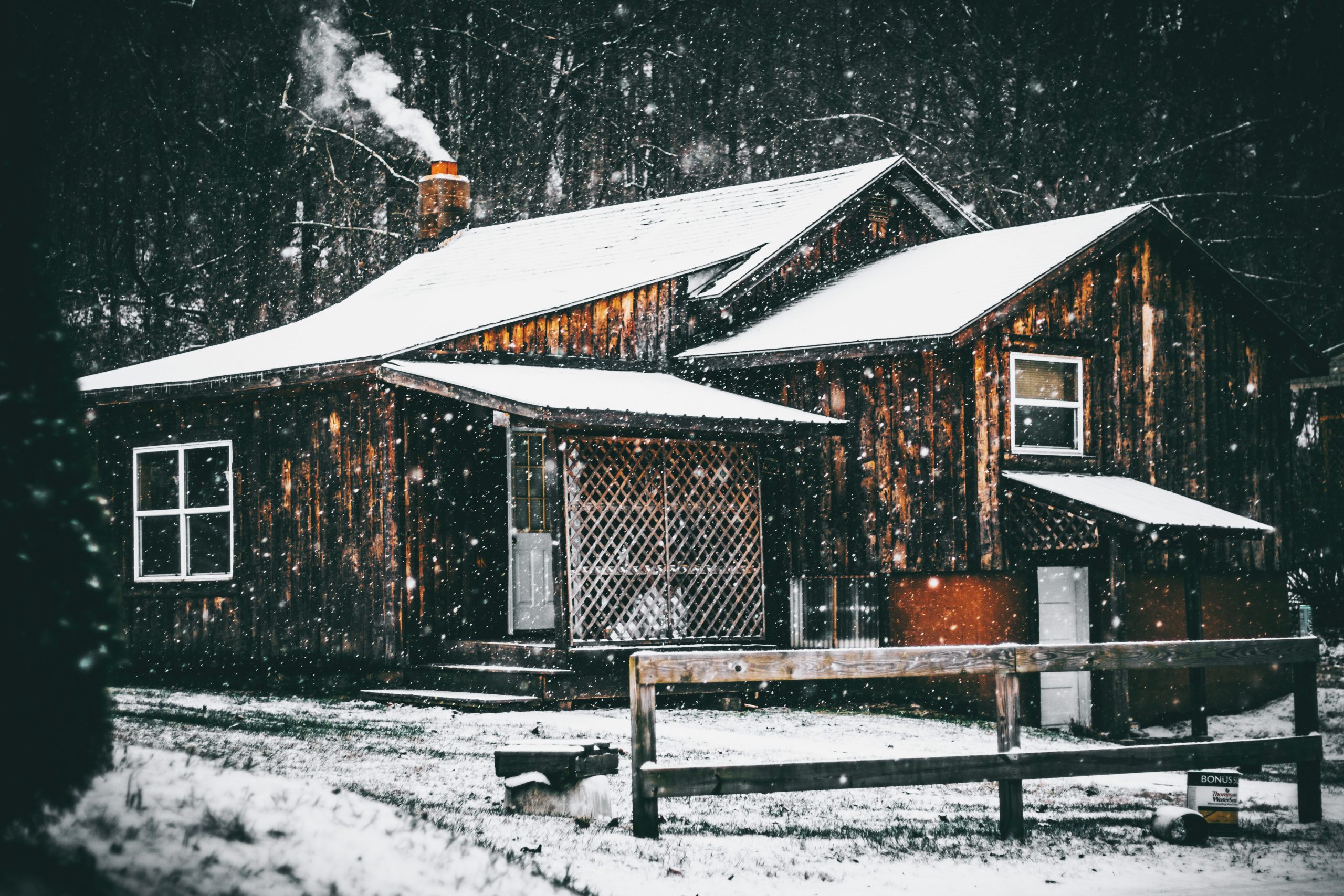
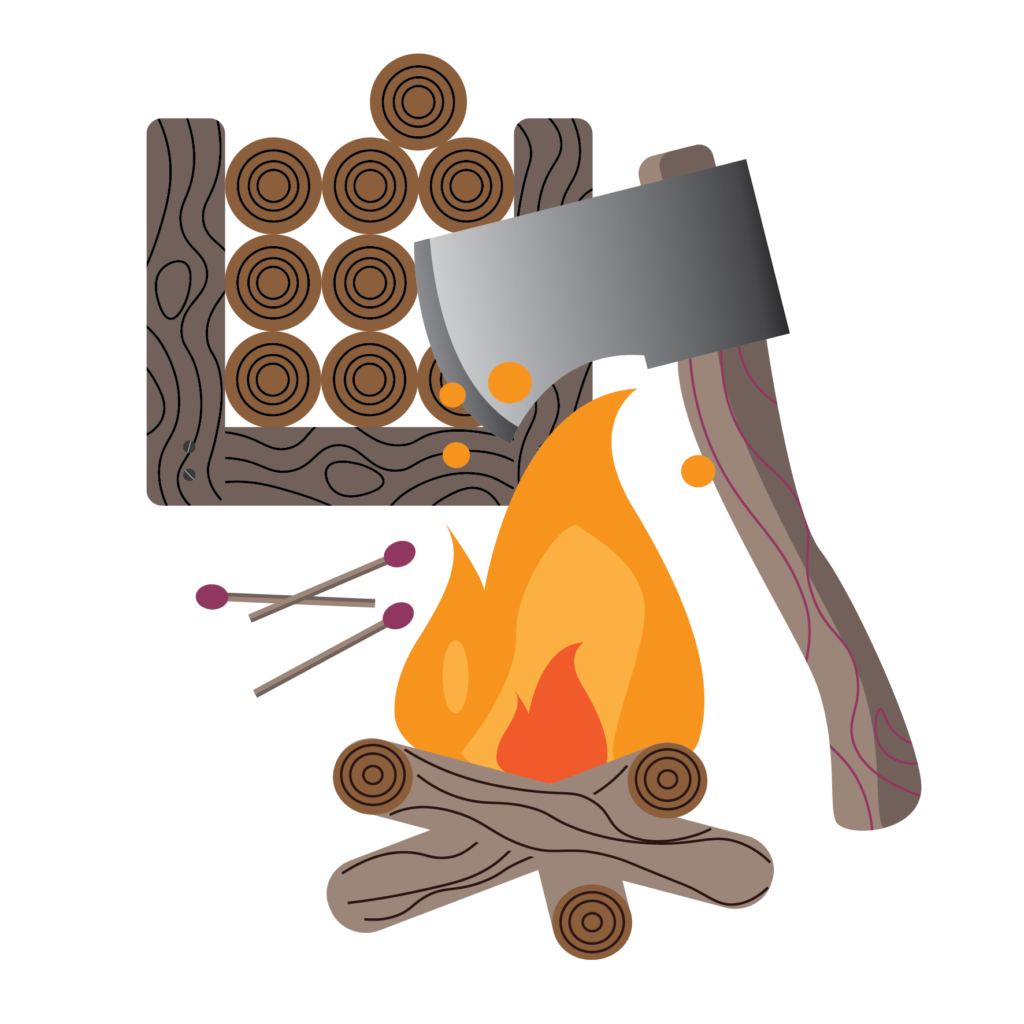 You want to store your wood at least 5 feet away from your home. This is due to bugs will likely start to live in the woodpile. You could invest in a firewood rack, these keep your firewood elevated keeping air circulating around the wood.
You want to store your wood at least 5 feet away from your home. This is due to bugs will likely start to live in the woodpile. You could invest in a firewood rack, these keep your firewood elevated keeping air circulating around the wood. 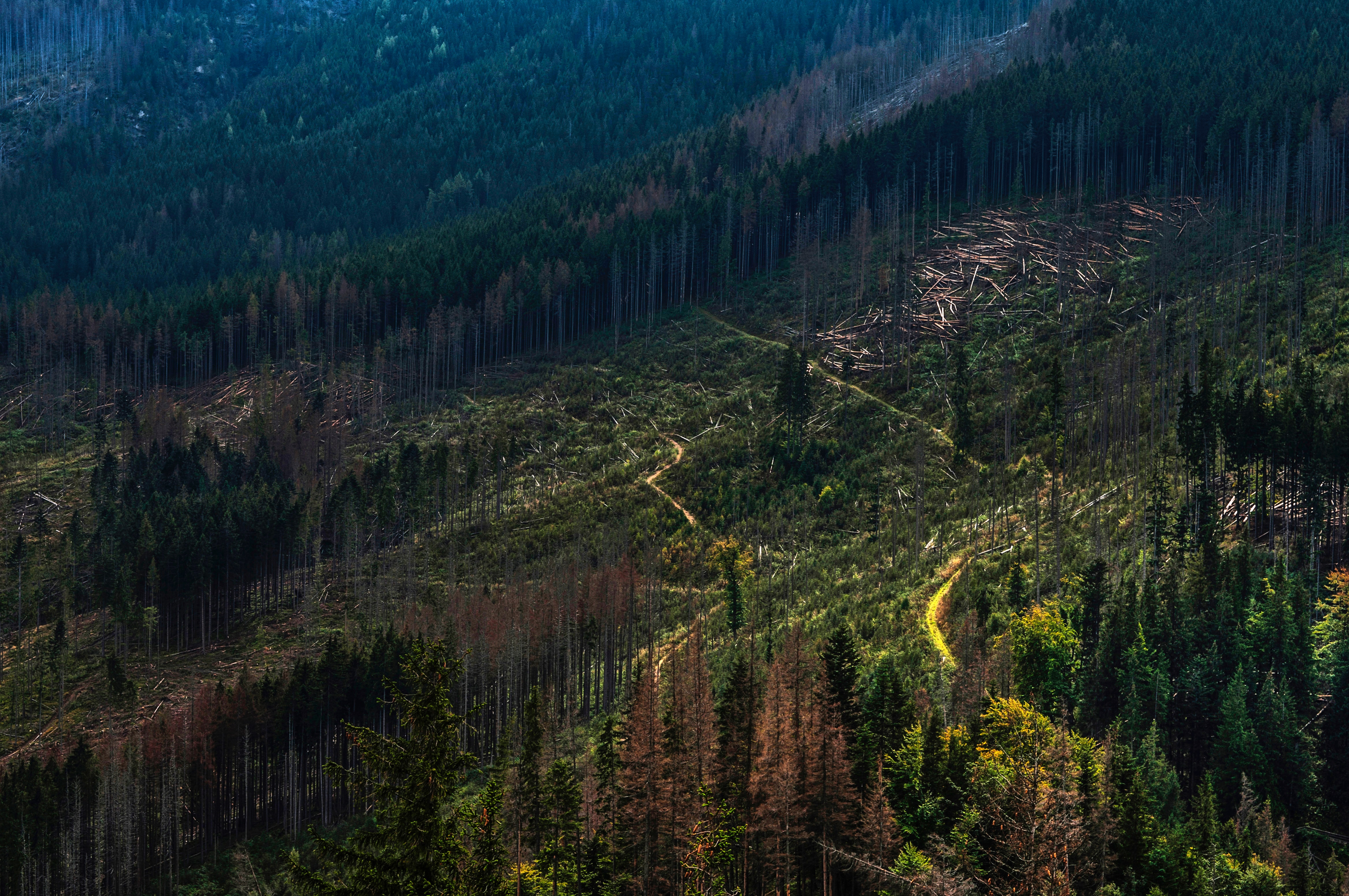
 As a result, this affects numerous animal species;
As a result, this affects numerous animal species;
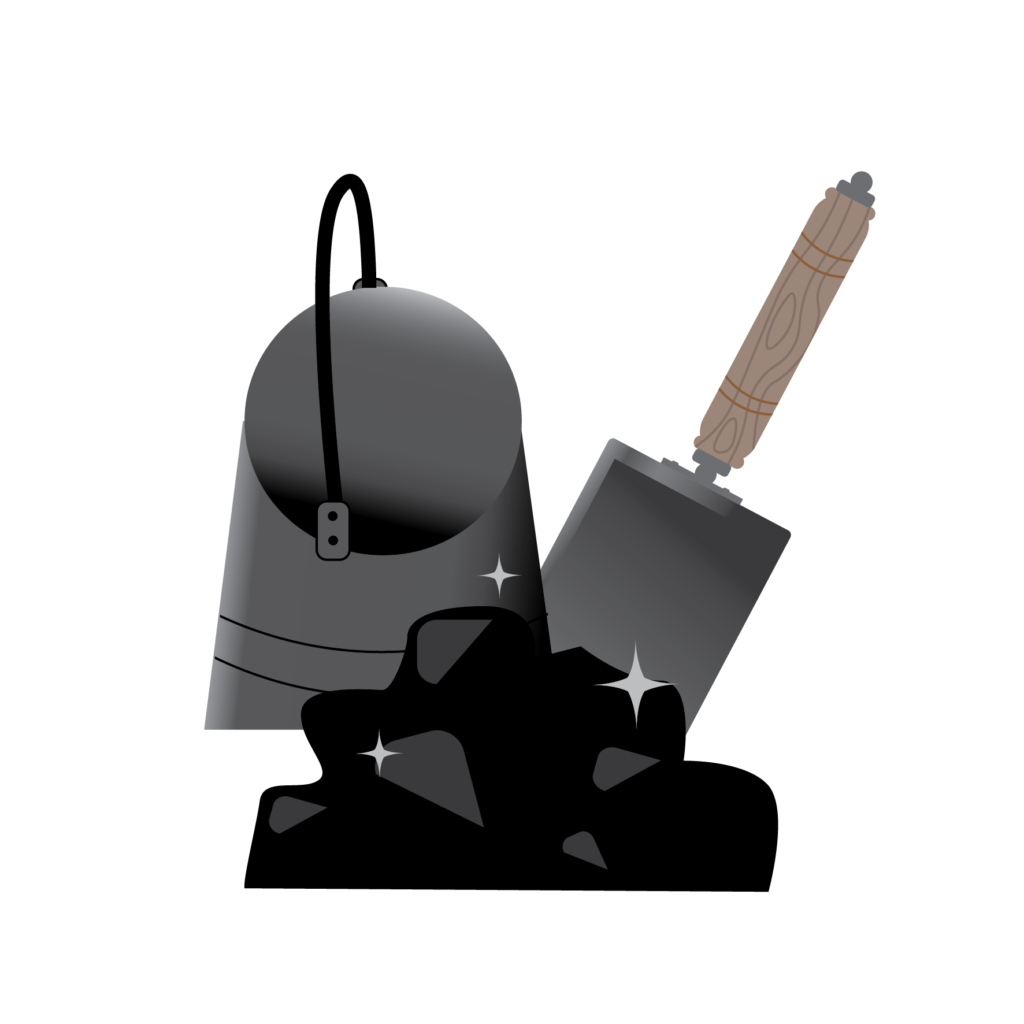 Witley Court in Worcestershire
Witley Court in Worcestershire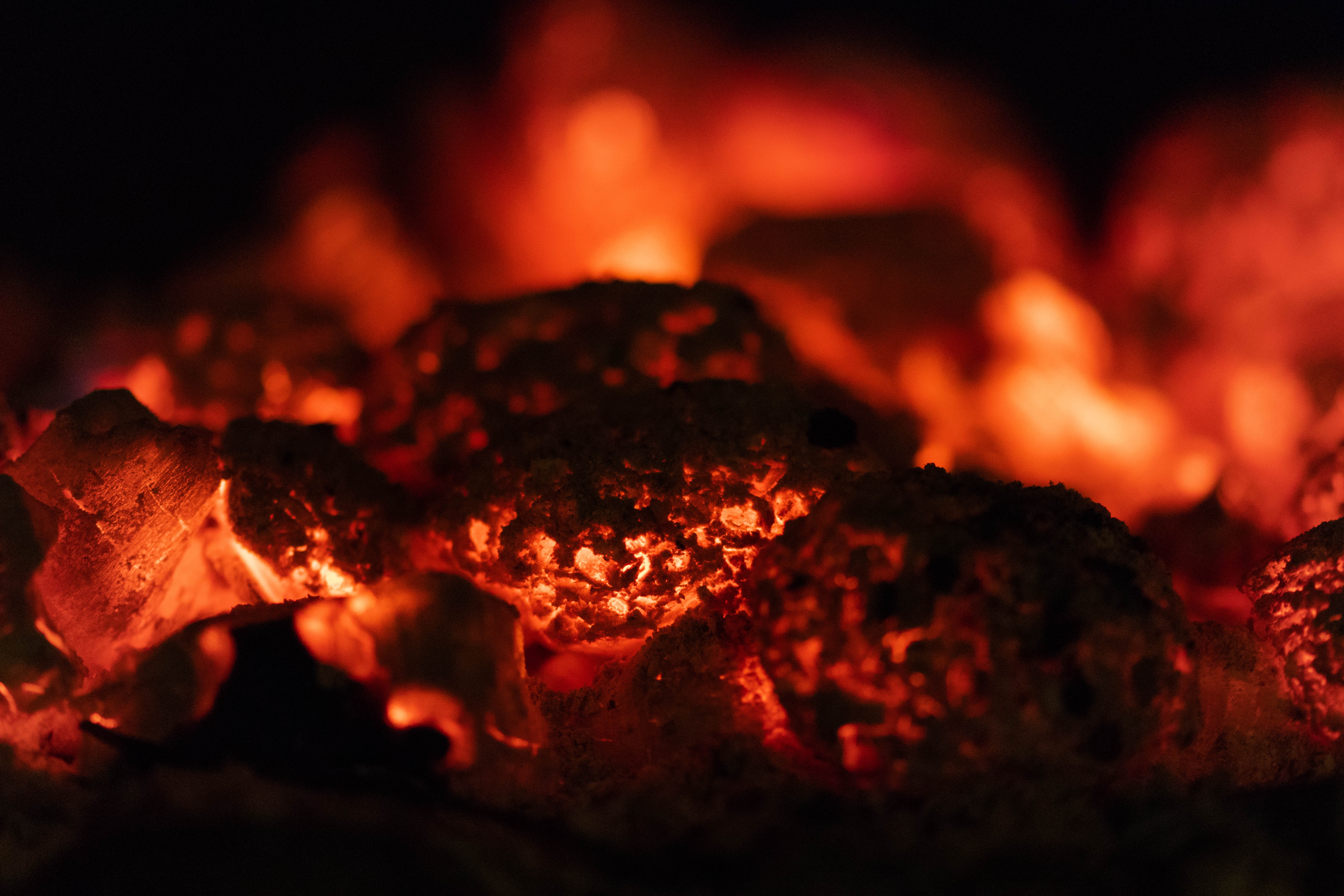
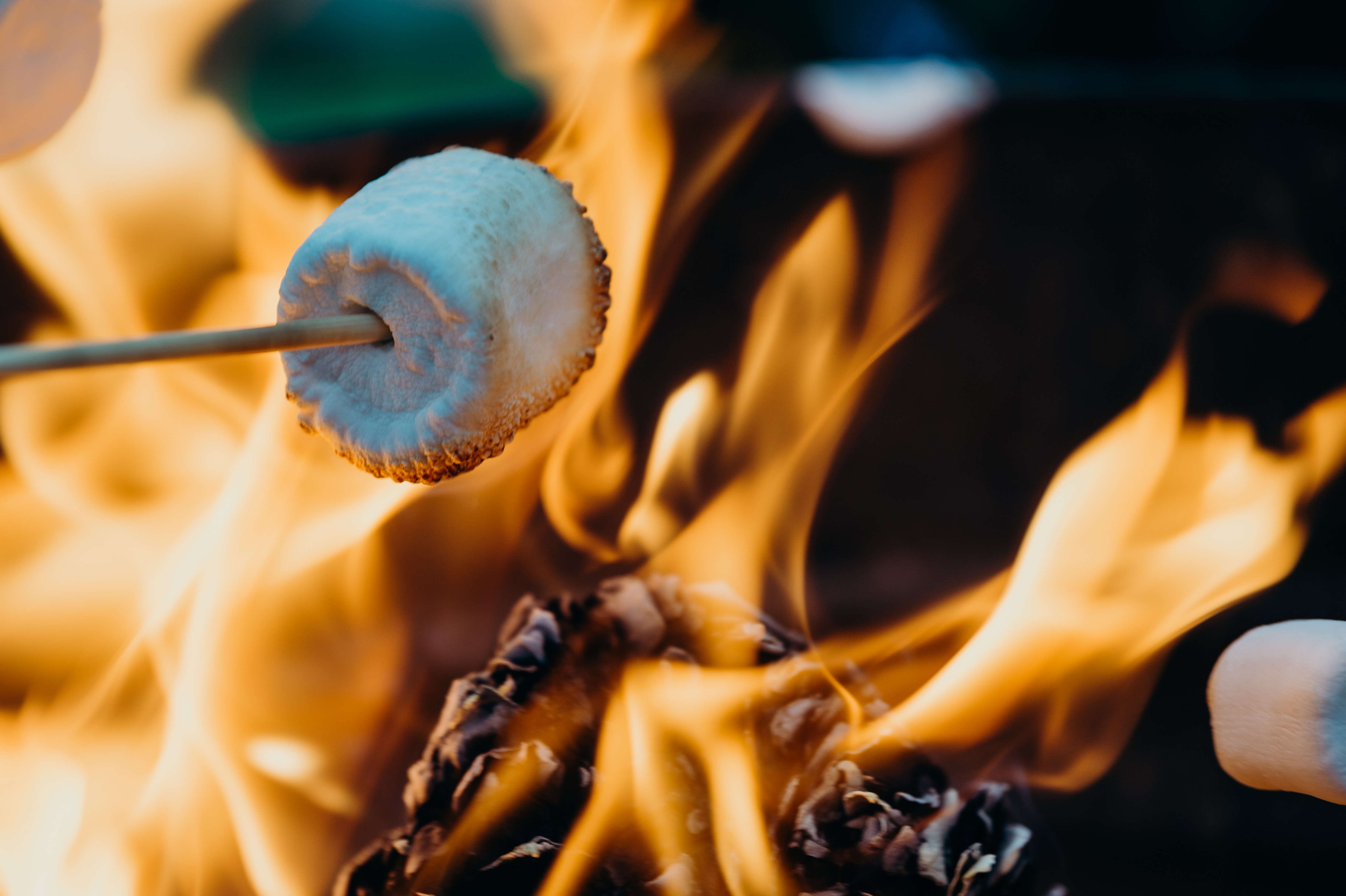
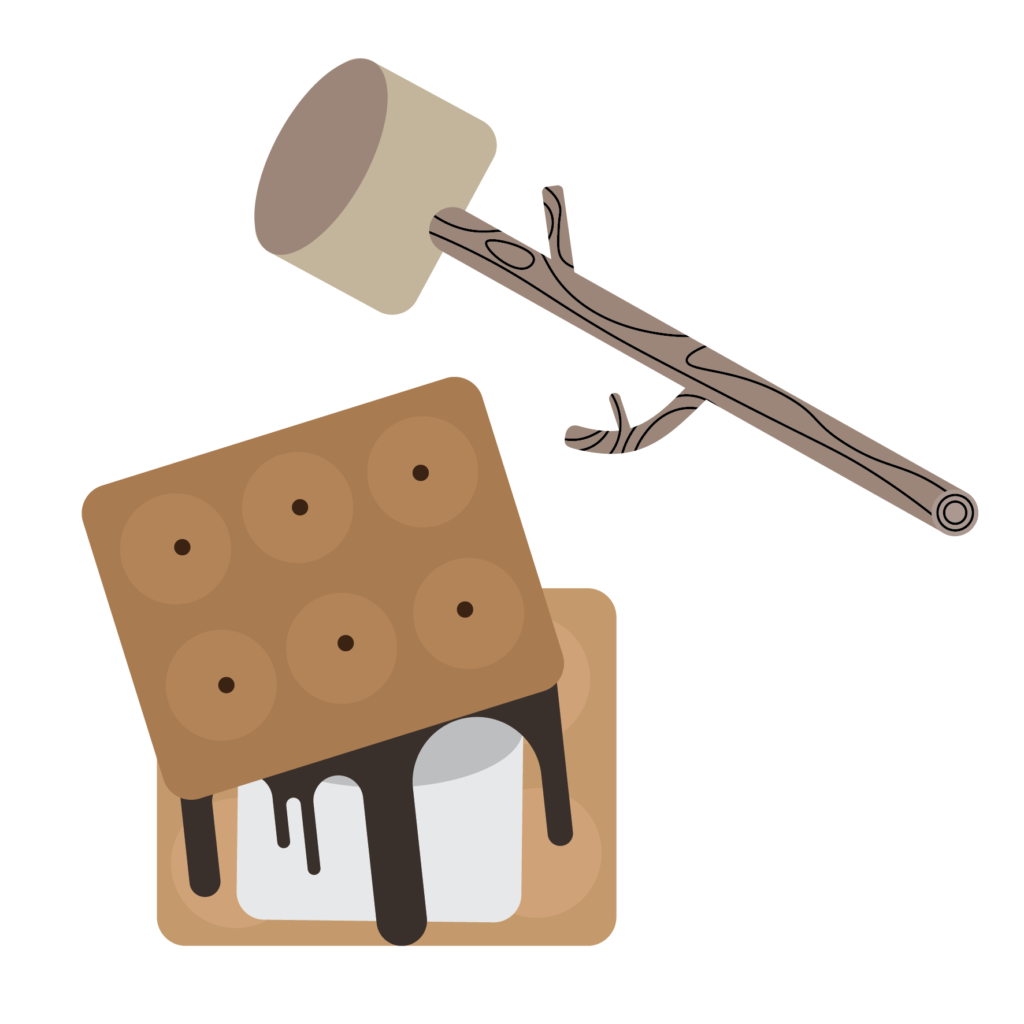 The classic S’more
The classic S’more Vegan s’more
Vegan s’more 